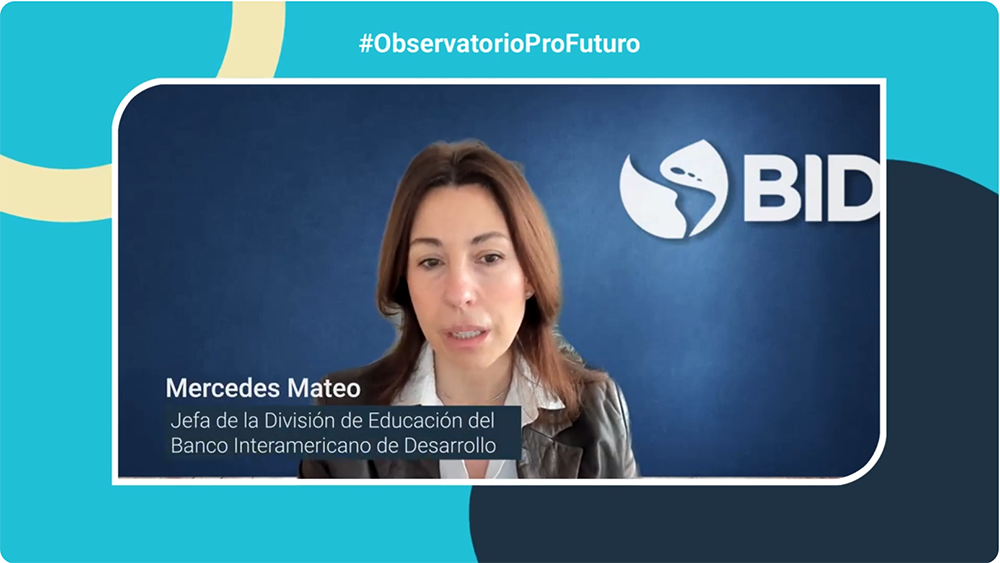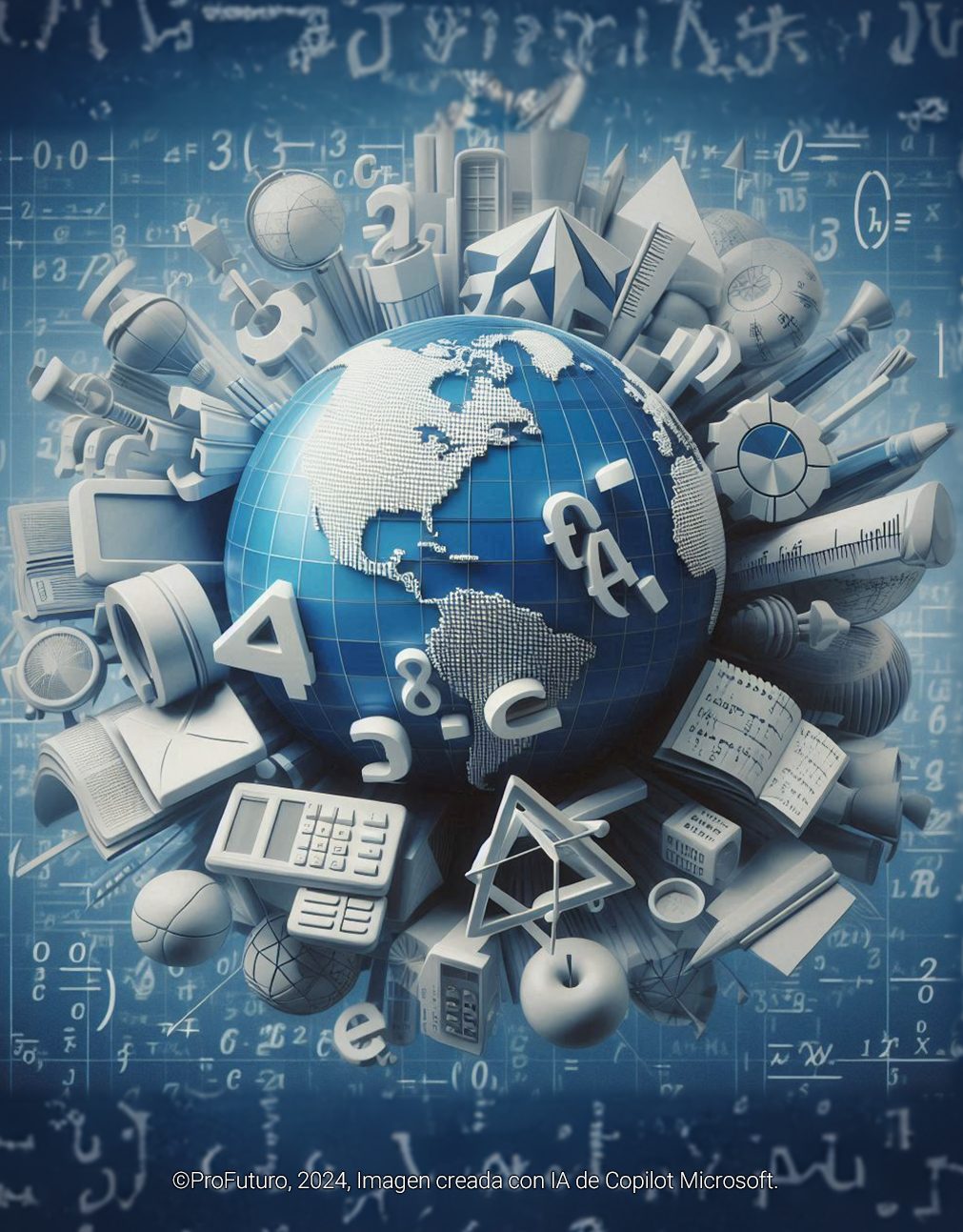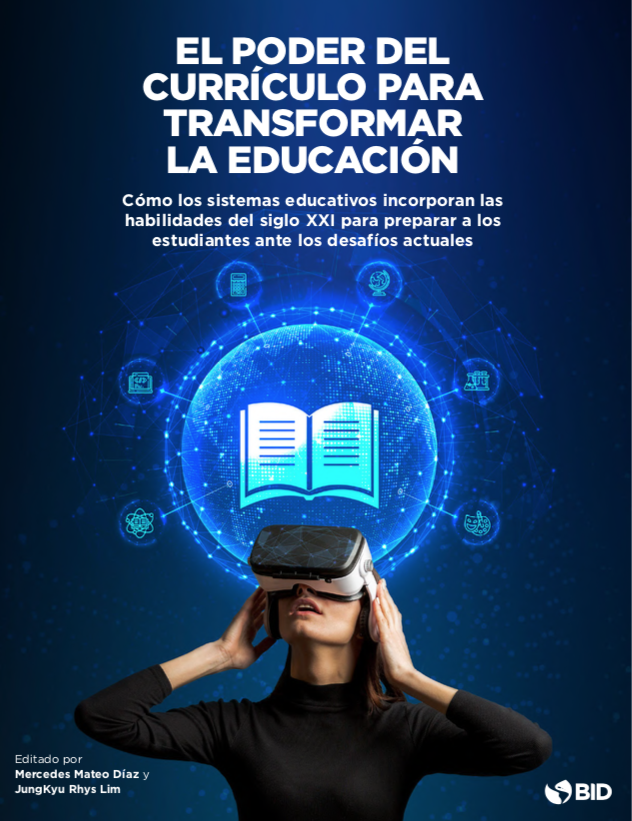Is technology truly an ally in reducing educational disparities in Latin America? Could artificial intelligence, digital platforms, and other technological innovations genuinely transform the educational landscape, or do they risk deepening existing inequalities? These are some of the pressing questions that Mercedes Mateo, Head of the Education Division at the Inter-American Development Bank (IDB), addresses in this interview on the state of education in the region.
Throughout the conversation, Mateo reflects on the role of technology in Latin American classrooms. She notes that the integration of digital tools is not a new phenomenon, but the current context demands a more strategic approach. While various technological initiatives have been implemented in recent years, the real challenge is ensuring that these tools do not perpetuate educational inequalities but instead help to reduce them. According to Mateo, the key lies in how these technologies are used and, more importantly, in how teachers are trained to use them effectively.
“The focus of the discussion should be on how we incorporate technology not only to improve learning but also to bridge equity gaps,” Mateo explains. She also warns against the danger of viewing technology as a low-cost solution for the most vulnerable students, while those who can afford in-person education receive a more personalised learning experience.
The future of education in Latin America is at a turning point. Technology has the potential to transform teaching, but only if it is implemented in an equitable and responsible manner. To learn more about how these ideas can be translated into concrete solutions, we invite you to watch the full interview with Mercedes Mateo, where she explores success stories and the challenges that remain on the path towards a more inclusive and high-quality education.






